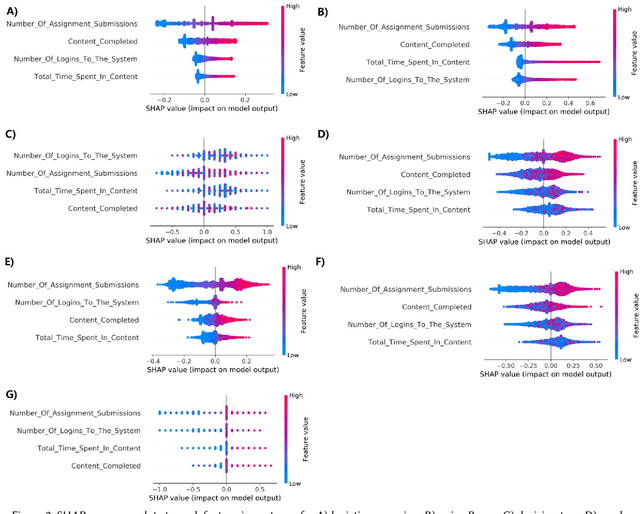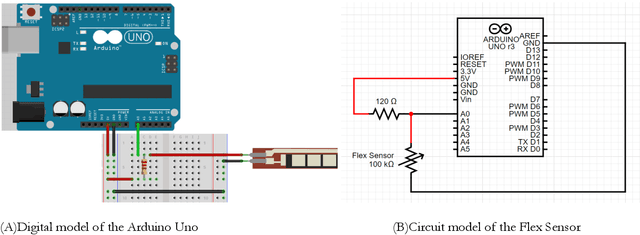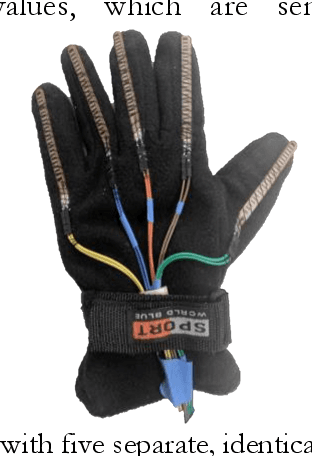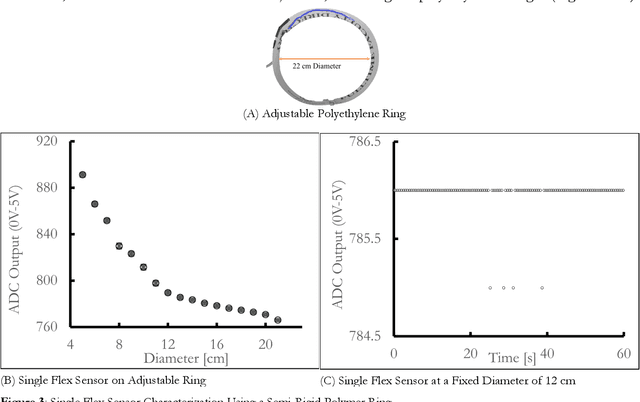Sairam Tangirala
Identifying Critical LMS Features for Predicting At-risk Students
Apr 27, 2022



Abstract:Learning management systems (LMSs) have become essential in higher education and play an important role in helping educational institutions to promote student success. Traditionally, LMSs have been used by postsecondary institutions in administration, reporting, and delivery of educational content. In this paper, we present an additional use of LMS by using its data logs to perform data-analytics and identify academically at-risk students. The data-driven insights would allow educational institutions and educators to develop and implement pedagogical interventions targeting academically at-risk students. We used anonymized data logs created by Brightspace LMS during fall 2019, spring 2020, and fall 2020 semesters at our college. Supervised machine learning algorithms were used to predict the final course performance of students, and several algorithms were found to perform well with accuracy above 90%. SHAP value method was used to assess the relative importance of features used in the predictive models. Unsupervised learning was also used to group students into different clusters based on the similarities in their interaction/involvement with LMS. In both of supervised and unsupervised learning, we identified two most-important features (Number_Of_Assignment_Submissions and Content_Completed). More importantly, our study lays a foundation and provides a framework for developing a real-time data analytics metric that may be incorporated into a LMS.
Identifying the differences between 3 dimensional shapes Using a Custom-built Smart Glove
Jan 08, 2022



Abstract:Sensor embedded glove systems have been reported to require careful, time consuming and precise calibrations on a per user basis in order to obtain consistent usable data. We have developed a low cost, flex sensor based smart glove system that may be resilient to the common limitations of data gloves. This system utilizes an Arduino based micro controller as well as a single flex sensor on each finger. Feedback from the Arduinos analog to digital converter can be used to infer objects dimensional properties, the reactions of each individual finger will differ with respect to the size and shape of a grasped object. In this work, we report its use in statistically differentiating stationary objects of spherical and cylindrical shapes of varying radii regardless of the variations introduced by gloves users. Using our sensor embedded glove system, we explored the practicability of object classification based on the tactile sensor responses from each finger of the smart glove. An estimated standard error of the mean was calculated from each of the of five fingers averaged flex sensor readings. Consistent with the literature, we found that there is a systematic dependence between an objects shape, dimension and the flex sensor readings. The sensor output from at least one finger, indicated a non-overlapping confidence interval when comparing spherical and cylindrical objects of the same radius. When sensing spheres and cylinders of varying sizes, all five fingers had a categorically varying reaction to each shape. We believe that our findings could be used in machine learning models for real-time object identification.
 Add to Chrome
Add to Chrome Add to Firefox
Add to Firefox Add to Edge
Add to Edge